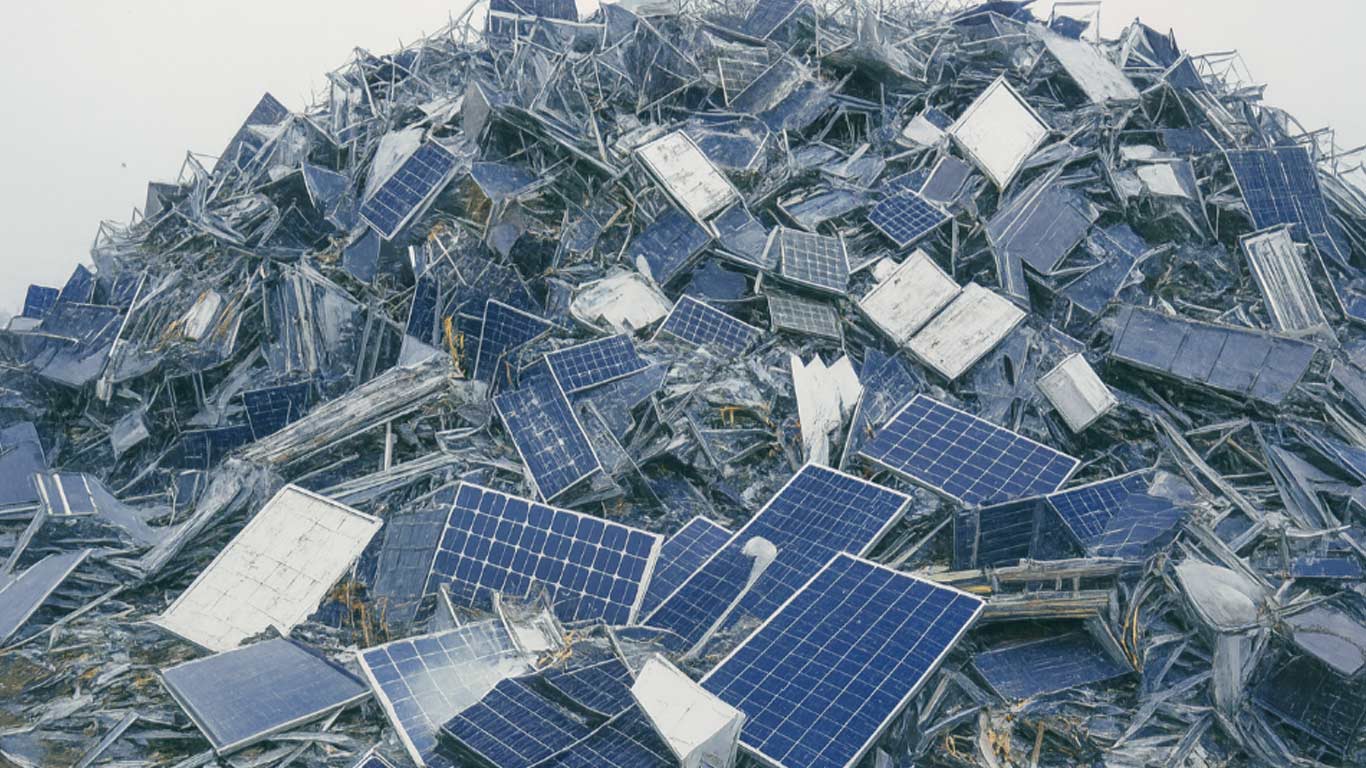Copyright knnindia

New Delhi, Nov 7 (KNN) India may produce nearly 11 million tonnes of solar waste by 2047, driven primarily by end-of-life crystalline-silicon modules, according to new research released on Thursday by the Council on Energy, Environment and Water (CEEW). The studies estimate that managing this volume of discarded solar infrastructure would require close to 300 recycling facilities nationwide and an investment of about Rs 4,200 crore. While India’s current solar recycling capacity remains limited, the reports outline a roadmap for developing a domestic ecosystem to support clean-energy deployment and manufacturing self-reliance. CEEW projects that material recovery from solar waste—including silicon, copper, aluminium, and silver—could create a market opportunity worth Rs 3,700 crore by 2047, PTI reported. Effective recycling could also supply 38 percent of the sector’s manufacturing inputs and help avoid 37 million tonnes of carbon emissions by replacing virgin resources. However, the studies note that formal recycling remains commercially unviable at present, with recyclers incurring losses of Rs 10,000–12,000 per tonne. High buy-back costs for used modules account for nearly two-thirds of recycling expenses. The reports suggest profitability would require lower module acquisition prices or policy support through mechanisms such as Extended Producer Responsibility (EPR) certificate trading, tax incentives and R&D in material recovery—particularly for silicon and silver. To catalyse scale-up, the studies recommend setting EPR targets for collection and recovery under the E-Waste (Management) Rules, 2022, establishing a circular solar task force under the Ministry of New and Renewable Energy (MNRE), and creating a centralised solar inventory to identify waste generation hotspots.



